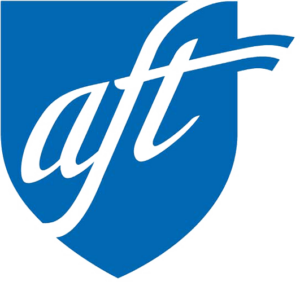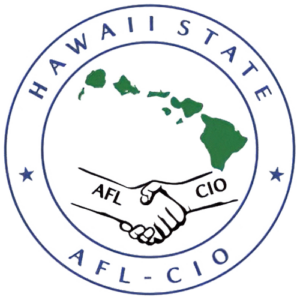Joint Statement of the University of Hawai‘i (UH) and the University of Hawai‘i Professional Assembly (UHPA) on systemwide guidance for the promulgation of workload policies and workload assignments.
February 22, 2022
As a result of a UHPA Class Grievance filed on April 30, 2019 challenging the process used to make revisions to a workload policy by a particular college at one of the UH’s four (4) year campus, the Vice President of Academic Strategy at the time wanted to make sure no similar violations occurred across the UH System. Thus, a memorandum was issued on September 26, 2019 that suspended all proposed revisions and updates to workload policies at all four (4) year campuses and that campuses were advised to maintain “status quo” by utilizing their current workload policies in effect.
During the interim, the UH and UHPA entered into lengthy discussions over the specific workload policy in question as well as the broader issues of workload policies at all four (4) year campuses. The focus of these discussions surrounded the parties’ intent and purpose in negotiating and agreeing to the language covered under Article IV, Faculty Professional Responsibilities and Workload. The outcome of these conversations led to an agreement over workload policy guidelines that adhere to the intent of Article IV, Faculty Professional Responsibilities and Workload. Furthermore, these guidelines should be used for future revisions for all four (4) year campuses’ departments, colleges, units, or programs in the revisions to or development of workload policies.
This joint statement put forth by UH and UHPA is to provide the University of Hawai‘i community at all four (4) year campuses with guidance for how to move forward with any revisions or development of workload policies.
As a matter of definition, UHPA and UH agree to the following:
Workload Policy
Workload expectations are outlined in RP 9.214 and defined as 24-credit hours per academic year or the equivalent for all four (4) year UH campuses including UH Manoa (UHM), UH Hilo (UHH) and UH West O’ahu (UHWO). The current policy acknowledges that a faculty workload constitutes a combination of teaching, service, and research depending upon the mission of the campus. Each campus has substantial variations in the level of detail regarding how this general policy is operationalized. Some give details on equivalencies. For example, UHM’s College of Engineering mentions an absolute instructional count of 2/1; JABSOM mentions that research time beyond that normally allocated needs to be externally funded; UHM Computer Science provides explicit calculations of equivalencies; UHH is silent on matters of external funding, gives some equivalencies, and quotes the contract on overall distribution; UHWO focuses primarily on equivalencies with an FAQ that addresses contract matters.
In policy, equivalencies are discussed because not all faculty workload can be framed in terms of traditional instruction. However, the policy provides the scope of workload – a combination of teaching, scholarship, and service.
Workload Assignment
the workload assignment is the distribution of necessary work for the operation of the department as identified by the Chair in consultation with the faculty pursuant to the contractual requirements set forth under Article IV, Faculty Professional Responsibilities and Workload, paragraph B.3 of the Unit 7 Agreement. The teaching workload assignment can vary depending upon an individual faculty member’s research productivity, service obligations, and campus or college. Additional duties beyond teaching can be subtracted as an equivalency from the 24-credit hour per academic year teaching requirement in policy for each of UH’s 4-year campuses.
Workload Equivalency
Each campus has authority to define and develop teaching equivalencies aligned with research and service requirements suitable for their campus mission and purpose and in consultation with the faculty. Thus, credit hours are used as a mechanism for quantifying the less quantifiable work faculty complete – teaching outside the traditional 3-credit instructional class, research and service. Any discussion of workload equivalencies must be held in conjunction with the faculty in the context of existing policy and subject to campus oversight.
Such Workload assignments should be produced using the following guidelines:
- All workload policies governing faculty must adhere to all contractual requirements under Article IV, Faculty Professional Responsibilities and Workload, as well as, the requirements under RP 9.214. Article IV, B.3, specifically references RP 9.214 and its application in determining a faculty member’s instructional workload at each of UH’s 4 -year campuses as 24 semester credit hours per academic year.
- While the overall workload is set by policy and each faculty member’s workload assignment shall be determined in accordance with Article IV of the Unit 7 Agreement, the workload shall be managed within each department/division by the Department/Academic Chair. The Chair is determined by the procedures covered under Article XXIII, Appointment, Duties and Compensation for Academic Chairs.
- The Department/Academic Chair has the contractual authority and primary responsibility in making the determination over workload assignments in consultation with the affected faculty pursuant to Article IV of the Unit 7 Agreement.
- Deans and Directors are responsible for reviewing all workload assignments to ensure that the operational needs of their School/College are being met. If not, Deans and Directors have the authority and responsibility to have the Department/Academic Chair address any specific issues identified.
- All Department/Division workload assignments and equivalencies are to be determined and developed by the respective Department/Division faculty. Prior to adoption, workload assignments and equivalencies are to be reviewed both at the School/College level by Deans/Directors and/or at the Campus level by Provost/Vice-Chancellors to ensure they meet operational needs.
- Deans and Directors shall work with the respective Department/ Academic Chair to address any specific issues/concerns related to any individual faculty member’s workload assignment.
- The balance between research, service, and other professional components and duties cannot and shall not be defined by any systemwide standard or metric since they are unique to each discipline within each department/division. All parties acknowledge that the variable missions of each 4-year campus means that there are different considerations for teaching and research. Additionally, it is acknowledged that Community Colleges do not have a research requirement.
- It is agreed and recognized that Deans and Directors shall not use workload assignments to monitor and evaluate faculty performance since workload assignments are designed to be solely managed within the department by faculty themselves. However, Deans and Directors have the authority and responsibility to work with the respective Department/Academic Chair to address any performance issues identified. Faculty performance is subject to review through existing review processes and faculty must be able to demonstrate they meet the 24-credit hour per academic year workload established in policy in workload assignment.
- As described in RP 9.214, “Teaching remains the most important duty of its faculty.” RP 9.214 offers 24- credit hours per academic year as the standard 4-year campus’ instructional workload for full-time instructional faculty. Under RP 9.214 and Article IV of the Unit 7 Agreement, equivalencies, including but not limited to, teaching, research, specialized educational services, and community services are all considered and calculated within the context of this credit hour framework. We agree that the starting point for instructional workload is the 24-credit hour calculation. We agree that how additional equivalencies are calculated will vary by campus, college, and unit. Each campus determines the instructional time for its faculty and so the determination is not inflexible. However, concerns may be raised or may become an issue if a faculty member’s instructional workload is reduced to zero given the importance of teaching to the University system.



